|
When Jack Nemeth, the Executive Director of the Solid Waste Agency of Northwest Nebraska, greeted me at the start of our tour of the landfill, the first thing he did was put on his mask. Perhaps this action is something we take might consider par for the course after living a world that has been impacted by Covid-19 for so long. But that isn’t the case with Nemeth. As essential workers, he and his team of employees are the only ones in the area with the knowledge required to operate the trucks that carry Chadron’s waste to the bailers, and later to the local landfill. Because of that, Nemeth and all of SWANN’s staff members place additional priority on following social distancing, and mask-wearing guidelines. As we walked, he spoke about SWANN’s trash removal efforts and the way the systems work to maintain a beautiful and cleanly space within our town. He informed me of the complex nature of trash, and the construction of the landfill, I couldn’t help but think: what would Chadron look like without the invisible essential workers who safely dispose of our waste? It’s not something that I had considered previously, and according to Nemeth, that means SWANN is doing their job right: “We slip in and slip out. Our goal is to make it feel as though no one was ever there. People shouldn’t have to think about it. The only thing they have to do is put their trash in the dumpster and call it a day.” Prior to the implementation of the Ground Water Protection Act, trash was managed city by city, with minimal disposal procedures implemented in rural areas. SWANN was our area’s solution to the problem of how we would, as a community, adhere to the standards set forth by the new federal laws detailed in this act. According to Nemeth: “SWANN was formed as a result of the Ground Water Protection Act that went into effect in the early 90s. Around ‘94, I think it kicked in. What happened was, part of the groundwater protection act was a federal act. We weren’t allowed to have a landfill situated over ground water within 70 feet underneath it. It affected this area, all these little towns on highway 20 had their little landfills—which basically consisted of picking up all the trash in town and dumping it somewhere. That was considered a landfill. Not necessarily any liners or any drainage or anything, just a place to dump the garbage.” In a separate interview, Duane Rhembrandt, SWANN’s operations director, stated how people used to handle their garbage prior to the implementation of the groundwater protection act, “In rural areas they used to just go out back and dump their trash in a blowout somewhere. They weren’t going to be able to do that anymore.” There was a considerable amount of community pushback against the establishment of SWANN when it was initially founded. Though it later became clear that it was a necessary organization. The Chadron Landfill is located roughly 14 miles outside of town. According to Nemeth, it is unique due both for its ability to conceal the waste our area generates, and for the nature of the land and ground water upon which it was built. He stated: “Where our landfill is right now, if you didn’t know where it was you probably wouldn’t know it was a landfill. Because you just drive by it on your way to Rapid City. Just before you get to the state line and off to the right, and unless you saw the gate there, you wouldn’t see seagulls flying around or trash flying around—it just looks like a part of the rolling prairie. The beauty of that land, from the top to where you hit ground water is about 750 feet.” The depth of the ground water allows for the absence of a synthetic ground liner (or geosynthetic membrane). Nemeth stated that, out of the 23 permitted landfills in the state, our landfill is the only one is the state of Nebraska that is able to avoid that requirement due to the depth of the groundwater on the plot of land chosen for its construction. Rhembrandt spoke eloquently as he emphasized the way this combination of foresight and accidental luck resulted in a number of benefits for our community—both from an environmental standpoint, and from a fiscal perspective. The omission of this liner results in dramatically lower costs for both the set up and maintenance of the landfill, as the tractors are not forced to navigate around the geosynthetic membrane, but instead have freedom to function on the land itself. SWANN also addresses the interaction between rainwater and waste. Nemeth stated, “The Department of Environment and Energy determines the requirements for landfills. They determined that everything has to be on a specific grade. Water has to drain 2% one way and 1% another, so it all goes slowly, because whatever rainwater touches the garbage-face has to be drained into a big leachate pond.” During my tour of the landfill, Nemeth told me that geese and ducks were common visitors to the leachate pond, and I was surprised to find clusters of sunflowers thriving in the area. Everything about the space, from the leachate pond to the clear engineering in the way the trash is disposed of, reflects the dedication to care and efficiency possessed by those who maintain the landfill and manage Chadron’s waste. I certainly gained insight into the function of the landfill from the right people, as Nemeth and Rhembrandt’s excitement to detail how the landfill functioned was clear in both in the quality of the work they perform and the information they gave me. Their excitement was contagious. I was stunned to find myself admiring the architecture of both the landfill, and the way the bales of trash were arranged and structured. During our interview, I posed a series of questions based on community concerns regarding the lack of recycling during the Covid-19 pandemic. On this topic, Nemeth and Rhembrandt were clear: at our local facility, recycling poses a danger to the essential workers who handle our waste. Because trash is often combined into the recycling, workers are put in the position of having to separate trash from recycling. Nemeth stated: “Every one of those bins that comes in, we have to touch every piece of it.” This close contact poses a higher risk of coming in contact with germs and bacteria related to the virus. He continued, “We’ve got 15 fulltime people picking up all the trash for one hundred miles. One of us comes in sick one day and goes to the hospital and they test the rest of us and they go, ‘Well, you guys are all out for the next 12 days.’ Who is gonna pickup waste?” In addition, though of lower concern, there is currently little to no market for recycling, though both Nemeth and Rhembrandt hope that the situation will soon improve. SWANN has been committed to maintaining recycling in Chadron for the last 27 years and has every intention of continuing to manage Chadron’s recycling in the future. However, with concerns for essential worker safety and the lack of a market for recycling in mind, recycling is suspended. Nemeth encouraged the community to call SWANN with any questions regarding this decision. When asked how the Chadron community can contribute to better waste management, SWANN asked that we try to make certain not to throw our trash away in the bins marked specifically for grass and leaves. To show our appreciation for the essential workers at SWANN, we ask that residents continue to dispose of their leaves properly, and to make certain not to dispose of trash in the green bins. I learned a great deal when discussing the landfill and waste management with Rhembrandt and Nemeth. Touring the landfill and discussing the way SWANN manages our waste illuminated the necessity of trash disposal and the invisible actions of our essential workers at SWANN. The Chadron landfill is a place where science, engineering, and land function together for the purpose of waste management. When I look around our beautiful little corner of the world, I can’t help but appreciate the essential workers who help keep it that way. Keep Chadron Beautiful would like to thank SWANN for their time and assistance in creating this article. If you know of a community business or organization that you would like to nominate for a community spotlight piece, please email Stef Glass at [email protected].
2 Comments
Three years ago, I had never gone on a hike. My paths were paved, and my time spent in nature was dedicated to running on the roads near my home when training for 5ks and half-marathons. It was always a time I enjoyed—but I often rushed through with a sense of guilt. As a student and working mother, my time never felt like my own. My life changed dramatically during the summer of 2018: I graduated from college, divorced my husband, and, the previous summer, I had injured my hip flexor and found that I could no longer maintain the rigorous summer running schedule I was used to. Without the familiar framework that had organized my life for the past four years, I realized that I lacked a sense of self. Perhaps reading Wild by Cheryl Strayed was the catalyst that led me to purchase my first pair of hiking boots, and later, the world’s cheapest starter tent. But it wasn’t the act of picking up a book, or slipping on my boots, or setting up my tent for the first time that made me fall in love with the peace and freedom I now associate so keenly with sky and land. It was place. My first hikes were out at Chadron State Park and the Soldier Creek Wilderness area. And in those places, I found that hiking forces you to slow down, to find a sustainable pace, to pay attention to where you are, and observe the world around you more carefully. At first, I hiked like the runner I had been. I put my headphones in, I zoned out and tried to see how quickly I could travel over a five-mile trail. I remember telling a friend with far more hiking experience than me that I listened to music as I explored the local trails, and he answered me with a bit of shock in his voice, “But how can you hear the birds?” During my next hike, my headphones stayed in the car. Only later, from a place of greater understanding, did I realize that this habit was also unsafe. If you cannot hear, you lose a valuable sense that can help you protect yourself when hiking in areas inhabited by wild animals. A lot of the time the only warning you may get that you are about to step on a rattle snake is through sound. In addition, taking out my headphones and engaging my senses helped me realize that I could not impose the same budget of time around the act of hiking that I had around running, and so it became time that I gave myself. This was a strange luxury, but I found that coming home dirt-coated and sweaty gave me something I couldn't obtain anywhere else. “I didn’t feel sad or happy. I didn’t feel proud or ashamed. I only felt that in spite of all the things I’d done wrong, in getting myself here, I’d done right.” Due to the significance of these experiences in my life, I was very excited to have the opportunity to sit down with Mike Watts of our local Forest Service here in the Chadron and interview him on the ways the Chadron community can best engage with local nature. The role of the Forest Service in our community was more multifarious and integral than I anticipated. As Watts stated: “We provide grazing for some of the local ranchers through a permit system. We also provide timber resources, although that’s pretty limited around here, and with the fires a lot of our timber burned up. But we still manage the timber. We try to manage the green timber that we do have so that if we get fires it doesn’t all burn up. We have lost over half of the timbered acres in the last 20 years or so in this district. We also manage the wildlife too, and then, of course, we manage recreation. We provide recreation for people.” Due to the present concerns related to Covid-19, there has been a recent increase in interest in engaging with the outdoors. When asked for recommendations as to where members of the Chadron community should first consider going when they would like to go out into nature he suggested: “Probably the closest areas to town would be best. There are some trails around the cliffs, and around Spotted Tail we have trail heads out there that people can go hiking on. If they like motorized use, motorcycles and ATVs, we have those types of trails. They can get the maps from us or they can get onto our webpage. There’s also an app called Avenza which is great. That one is really useful because it has the forest visitor map and it’ll show where you’re at with all the trails.” Additionally, he added that while the Forest Service offices are closed to the public, if you call ahead, arrangements can be made to purchase maps of the area. When asked how our community can best work to prevent litter and damage on the trails Watts continually emphasized personal responsibility and returned to the same point: Use your common sense and follow the rules. We also discussed basic aspects of the “Leave No Trace” principles. One of the most important at the moment, given our current lack of rain, pertains to campfires: “Only build one if you really need to. Make sure it’s contained and don’t build a bonfire. When you’re done try and minimize the visible impact and make sure it’s out. That means scattering your fire ring and ashes around. Make sure when you’re scattering your ashes make sure that they are actually out.” He also stated that another one of the most frequent littering concerns he’s seen in our nature areas pertains to human waste and gave specific details on how to dispose of it properly, “People should be digging a hole. At least 6 inches and 200 feet away from water. Ideally, pack the toilet paper out with you, if you can’t at least bury that too. There are some areas that get really heavy visitation where you’re required to pack all that out with you. Sometimes there are bags specifically for that, to go to the bathroom in and then pack it out with you.” When asked if there were any other specific areas we could seek to improve our care of nature, Watts asserted: “It’s more in the dispersed areas when people are out driving around or if they’re out target shooting those are the places where we really have a problem with litter and sometimes vandalism and that sort of thing. If you are out there in a motorized vehicle, we do have travel management rules. You need to stay on the established roadways. That would be something where, if someone wasn’t sure where they could travel in their motor vehicle whether it’s a jeep or a truck or motorcycle or ATV to get one of our travel maps and then it’ll show you all the motorized routes and what’s allowed on them.” In these statements, Watts continues to reinforce a basic idea. Pay attention to the rules and regulations surrounding the areas you are in, use your common sense, and treat these places with respect. As Watts stated, “If it doesn’t seem right it probably isn’t.” The land maintained by our local Forest Service has become a source of fulfillment in my life, and now that my son is older, he often joins me on short hikes. I find a great deal of joy in watching him exploring trails and creeks and watching him as he develops a sense of curiosity regarding nature. I feel that, as a parent, one of the best things I can offer him is a connection to place and an awareness of how best to interact with nature. Parenting in our current time is a unique struggle, and nature offers him a sense of safety and reassurance. We don’t have to wear masks on the trails we explore, and we are isolated in a way that feels like freedom, rather than restriction. Certainly, the least I can do to express my gratitude for the land is treat it with respect, and teach my son to do the same. Keep Chadron Beautiful would like to thank the Forest Service and Mike Watts for contributing to this blog post. If you know of a local business that is actively involved with nature or sustainable living and you would like to nominate them for a Community Spotlight blog, please email [email protected].
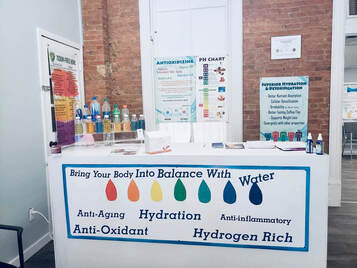 One of the forms of waste that is most notorious for contributing to pollution and litter is plastic. Particularly, plastic bottles. “Plastic bottles and bottle caps rank as the third and fourth most collected plastic trash items in the Ocean Conservancy’s annual September beach cleanups in more than 100 countries” (Parker, Laura). We have all seen the commercials publicizing the risk waste poses to our oceans, and the proper disposal of plastic waste continues to be a significant societal problem. However, more than properly disposing of plastic waste, we need to focus on reducing plastic waste. The reason this needs to be our primary concern is that it is extremely difficult, and at times impossible, to remove plastic from our oceans. According to an article published in Science Magazine in 2015 the “weathering of plastic debris causes fragmentation into particles that even small marine invertebrates may ingest. Its small size also renders this debris untraceable to its source and extremely difficult to remove from open ocean environments, suggesting that the most effective mitigation strategies must reduce inputs” (Jambeck). We also need to be aware that while plastic can be recycled into other products, this can only be done a few times before it must be downcycled instead. In contrast, glass can be recycled an infinite number of times. We need to be aware that once plastic has been recycled it’s maximum number of times, it is a very hard material to break down and, often, it is plastic waste that is damaging our oceans and ecosystems (Iamrenew.com). Local business owner, Shelly Thiry, wants to draw the attention of the Chadron community to the issue of plastic waste and reduction. Her business, the Fountain of Living Water, is new to our town. After operating out of her home for the past four years, Thiry opened her doors on March 10th, 2020 in the midst of the Covid-19 pandemic. However, when asked about how she feels about opening during this time, Thiry quoted Ester 4:14: “For such a time as this.” Thiry’s business supplies Chadron with another option for water refills. Thiry states, “The Fountain of Living Water is a place where people can come in to get healthy products and healthy water. I’m offering more than just tap water; more than just filtered water. I’m offering high alkaline antioxidant molecular hydration.” Thiry commented on the problem of plastics on an environmental level, stating: “We all know that plastic is a huge pollutant. It’s ridiculous. We are responsible. We are stewards of this world and we need to take good care of it.” Accordingly, while Thiry does offer refillable plastic bottles for her customers, she also sells glass jugs, and encourages their use over plastic. One product that Thiry sells is a high PH cleaning water, which allows for a reduction of both plastic waste, and helps to lower the amount of toxins the consumer is introducing both into their body and into the ground water itself, “Cleaning vegetables is one potential use for the water. You don’t have to use harsh chemicals. The high PH water can help to remove pesticides. We have an oil emulsifying water. A lot of the time vegetables, fruits, and nuts are coated with wax. This water is mixed with a tiny bit of salt water, and the high PH of the water helps remove 95-99% of pesticides and it cleans seeds, nuts, tomatoes, and it gives your produce a shot of hydrogen so that your produce lasts longer. So that helps with the environment and reducing food waste. With that water you can also replace your laundry soap.” Utilizing a high PH water in cleaning might be one of the simple swaps we can make toward a lifestyle which incorporates waste reduction. Thiry is deeply passionate about health and wellness, and wants to call for community awareness about the negative side effects of dehydration, and to increase our knowledge as to the benefits of drinking enough water, “I would like to see people drink more water, we’re chronically dehydrated. There are so many consequences from dehydration. We’re headed into summer. Just drink more water, then you feel better, you live better. You become healthy from the inside out.” Thiry is right, the effects of dehydration on the human body can range from inconvenient (bad breath) to catastrophic (seizures, brain swelling, death). What makes this particularly concerning is that, according to one survey of 1,000 working Americans, 80% of people believe that they are not drinking enough water (Quench). Thiry would like to encourage the Chadron community to work toward countering that statistic and the amount of plastic waste we are introducing into the environment. She welcomes members of our community into her business with open arms, stating: “Come in, fill your jugs!” Works Cited Parker, Laura. “How the Plastic Bottle went from Miracle Container to Hated Garbage.” https://www.nationalgeographic.com/environment/2019/08/plastic-bottles/#close Jambeck, Jenna, et al. “Plastic Waste Inputs from Land Into the Ocean.” Science. Vol. 347, issue 6223. Feb 13, 2015. 768-771. “Nearly 80% of Americans Say They Don’t Drink Enough Water: Quench Survey.” prnewswire.com. June 19, 2018. “Recycle Conundrum: How Many Times Can Recyclables Be Recycled?” Iamrenew.com. May 10, 2019.
As the newly appointed Education Coordinator for Keep Chadron Beautiful, I knew that I wanted to incorporate online instruction from community members about ecology and nature into our blog. One of the first people I reached out to, Dr. Mary Clai Jones, English Professor at Chadron State College, is known to both her friends and her students for her love of birdwatching. She brings just as much enthusiasm to her practice of birdwatching as she does to the classes she teaches. Please view her video, and the first of our educational series, above. You will need some colored pencils and paper to complete activities along with her.
Engaging in birdwatching offers numerous benefits. In addition to gaining a familiarity with local nature, birding serves as a form of meditation and encourages people to get outdoors and increase their activity levels. According to a recent study from the University of Exeter, birdwatching can actually reduce stress levels and improve mental and physical health: “Birds around the home, and nature in general, show great promise in preventative health care, making cities healthier, happier places to live” (Cox, Daniel). But birdwatching has the potential to go beyond the neighborhood, particularly with Chadron’s proximity to local hiking trails, Chadron State Park, and the Ogallala Grasslands. For some additional resources on birding in Nebraska: http://nebraskabirdingtrails.com/ https://www.audubon.org/news/birding-nebraska https://sites.google.com/view/chadron-summer-reading-program/kcb-themed-months?authuser=0&fbclid=IwAR2MzxrHCBYpz2CyVzoQQRSMd3NbPbJsUdyxStaJTZyjpIwUhRfm3ZNEUW0 Works Cited University of Exeter. "Watching birds near your home is good for your mental health: People living in neighborhoods with more birds, shrubs and trees are less likely to suffer from depression, anxiety and stress." ScienceDaily. ScienceDaily, 25 February 2017. "If we use a red onion in a recipe today, then we might pickle the left-over onion for something else tomorrow." 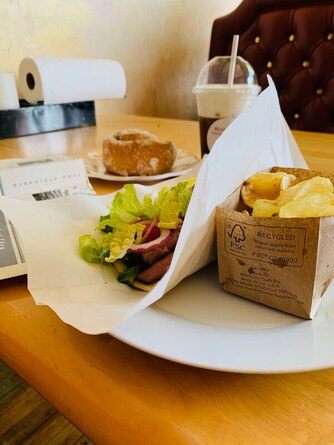 During my time studying English Literature at Chadron State College, I often found myself drawn to study in the comforting environment offered by The Bean Broker. I would sit in one of the comfortable chairs by the fire, drinking coffee and completing my readings for classes. The food is fresh and flavorful – often accented with the fresh herbs that the owners grow themselves in planters outside the iconic brick building. To quote recent graduate CSC alumni Alyssa Ermish, “I love the Bean Broker because of the relaxing communal space it provides. Some of my favorite memories and deepest conversations with friends have been over a cup of coffee there.” In addition to great coffee and delicious food, the Bean Broker offers Chadron a sense of community. They frequently host events such as open mic nights and support the performances of local musicians. As a customer, I was already aware that sustainability and waste reduction was a focus of their business, and eating at their establishment always felt like I was making a conscious choice to support a business that was mindful of ecologically friendly practices. But I was curious. I wanted to do some digging and find out additional information regarding the way the Bean Broker goes about achieving both their sustainability and community-related goals. I spoke with the manager, Alicia Felton, regarding the Bean Broker’s sustainable practices. One thing she emphasized throughout our talk, was the Bean Broker’s intent to feel open to everyone. “Our owners, Paige and David Feddersen, often say that they want the Bean Broker to feel open to everyone. Regardless of income, race, gender—we want this space to feel like your living room. We want you to feel at home here.” Felton also offered a great deal of insight into the efforts that they have made to create a sustainable business within our community: “One of the big things we’ve tried to do is cut down on plastic as much as possible. If people are interested in using a paper sack or a wax paper wrap over a plastic container, we make those available. Trying to use paper to-go containers—really any kind of paper products versus plastic containers for to-go items. We try of course, to implement paper straws. Early on, paper straws were both hard to come by and expensive. As time has gone on and paper straws have become more popular that has become more affordable. I also think that the Bean Broker does a great job as far at limiting the amount of food waste. For instance, if we use a red onion in a recipe today, then we might pickle the left-over onion for something else tomorrow. In the past, we donated food that was almost out of date to the masonic temple for the lunches they hold there. We aren’t able to do that as much anymore, just because we don’t have as much food waste as we used to.” Felton noted that their choice to implement a box garden for their herbs was a choice that allowed them to reduce plastic waste and promote fresh ingredients, which is directly connected to their environmental mission statement, “We have our own gardens out here, of course we wish they were a lot bigger. But we’re trying to utilize our own gardens to grow herbs for food and cocktails.” In addition to gardening themselves, the Bean Broker also serves as an excellent resource for local gardeners. According to Ann Marie Hendry of Growveg.com, utilizing coffee grounds as fertilizer is the right choice: “it turns out that coffee grounds contain a good amount of the essential nutrient nitrogen as well as some potassium and phosphorus, plus other micronutrients. The quantity and proportions of these nutrients varies, but coffee grounds can be used as a slow-release fertilizer.” In an effort to give back to Chadron and to reduce waste, the Bean Broker offers their leftover grounds to the community. Felton stated, “Many people come in to pick up coffee grounds for their gardens, and that’s something we offer for free to pick up. They are something we almost always have some of on hand – if not a full five-gallon bucket.” Many restaurants had to confront issues with additional food waste and sustainability during the onset of Covid-19 and the subsequent business closures. The Bean Broker was no exception. “Initially when that hit Nebraska, we were full of food, but we couldn’t utilize that food. It definitely impacted us in those first few weeks as far as the food that we had. We needed to find different ways to use it so that we could sell it to make sure we didn’t waste things there. One thing that was hard for the Bean Broker, was that we couldn’t take our fabric bags to the store. We buy a lot of things and when you have to come back with so many plastic sacks that’s detrimental for the environment.” However, during the closure, the Bean Broker also found that they were able to limit their menu in a way that reduced the amount of food waste they produced during the unusual circumstances caused by Covid-19. Felton and I discussed the Bean Broker’s decision to commit to more sustainable practice and she noted that, while their environmental business statement asserts that they are “committed to a role of environmental leadership and stewardship in every facet of our business” they had also made changes to the Bean Broker’s operation “primarily because Chadron consumers want it.” She spoke to the nature of the Chadron community’s dedication to purchasing from Earth friendly businesses, “It makes our business more approachable because the consumer recognizes that you’re considering those things. It’s not always financially the better way to go. Like I said, paper straws are getting cheaper but plastic straws are 10th of the cost. Financially, it takes more money from us. But we benefit by getting more of the consumer in because of it.” In this way, Felton’s comment draws attention to the fact that community members can create change by purchasing from businesses that support sustainability. Works Cited Hendry, Ann Marie. “A Common-Sense Guide to Using Coffee Grounds in the Garden.” https://www.growveg.com/guides/a-common-sense-guide-to-using-coffee-grounds-in-the-garden/. (2017). We offer a sincere thank you to the Bean Broker for their time and contribution to our site. 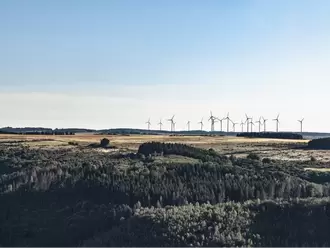 What is sustainability? In 21st Century terms, "sustainability" is the practice of living in a way that is not disruptive to the biosphere (the systems and areas of the earth in which life exists), but rather living in a way that instead ensures that the earth's systems can flourish without impediment. Awareness of the need for sustainable practices often revolves around the intent to preserve the well-being of the earth for future generations: “Concern about sustainability must be based on moral obligations towards future generations—not just personal self-interest” (Dresner, Simon). Certainly, we must consider our sustainability goals from the perspective of how it will benefit our current lives, but what Dresner is calling for here is that we shift our view to allow for the acknowledgment that the way we live now directly impacts future generations, as we are responsible for creating the world in which they will someday live. So, how do we go about shifting our lifestyle toward a more sustainable practice? British fashion designer, Vivienne Westwood offers some simple advice on the topic: “Buy less. Choose well. Make it last.” While she is directly commenting on sustainability when related to clothing, this applies to other facets of sustainability and waste reduction. For example, when living mindfully, you may notice that you are often purchasing a food item and not consuming all of it prior to its expiration date, or that the packaging produces an excess amount of waste. The next time you are at the store that might be an item that you make the conscious decision not to purchase again. The director of Keep Chadron Beautiful, Susan Hucke, shared a bit of her journey toward a sustainable lifestyle, stating: “I was considering small changes that I could make in my life. One step I took, was to stop purchasing coffee filters and instead began using a reusable coffee filter. I was speaking about this with some kindergarten students and told them, ‘That’s 365 fewer coffee filters being used every year! And that’s just me. Imagine if I got my all my friends to do that with me.’ Of course, there was that one, skeptical little voice that piped up in the crowd, ‘How many friends do you have?’” While humorous, this innocent question calls attention to a key point. How many people can we potentially influence with our actions? From in-person interaction, to online presence, the small changes we make might set an example for those around us. Small Sustainability Steps Include:
A key part of making the switch to more sustainable practices is being gentle on yourself. This is not the time to clear your kitchen of every potentially harmful product, and espouse eating only those foods that can be found at the local farmers market, nor should you start a garden if you don’t have the time, energy and financial resources available to maintain one. Instead, your focus should be on making simple, affordable, and effective swaps tailored to you and your family’s needs. This slower shift toward sustainable practices can also help prevent the onset of what has been termed ‘Eco Guilt’ or ‘Green Guilt’. As Huffpost columnist and environmental journalist Jennifer Grayson acknowledges in her article on eco-guilt: “Being overwhelmed often leads to being paralyzed. After all, guilt, by definition, is only the awareness (and resulting anxiety) that we are doing something wrong—it doesn’t mean we’re necessarily going to do anything about it.” Rather than trying to completely change your lifestyle in a matter of days, weeks, or even months, the transition to a sustainable lifestyle with a focus on waste reduction is something that should happen over the course of a lifetime. Works Cited Cartner-Morley. “Out There.” The Guardian. (2020). Dresner, Simon. The Principles of Sustainability. (2002). Grayson, Jennifer. “Eco Etiquette: How to Deal with Green Guilt.” Huffpost.com. (2011). |
AuthorStef Glass is the Education Coordinator for Keep Chadron Beautiful. She graduated from Chadron State College with her BA in English Literature and minors in History and Creative Writing in May of 2018. Archives
June 2022
Categories |
||||||
Proudly powered by Weebly

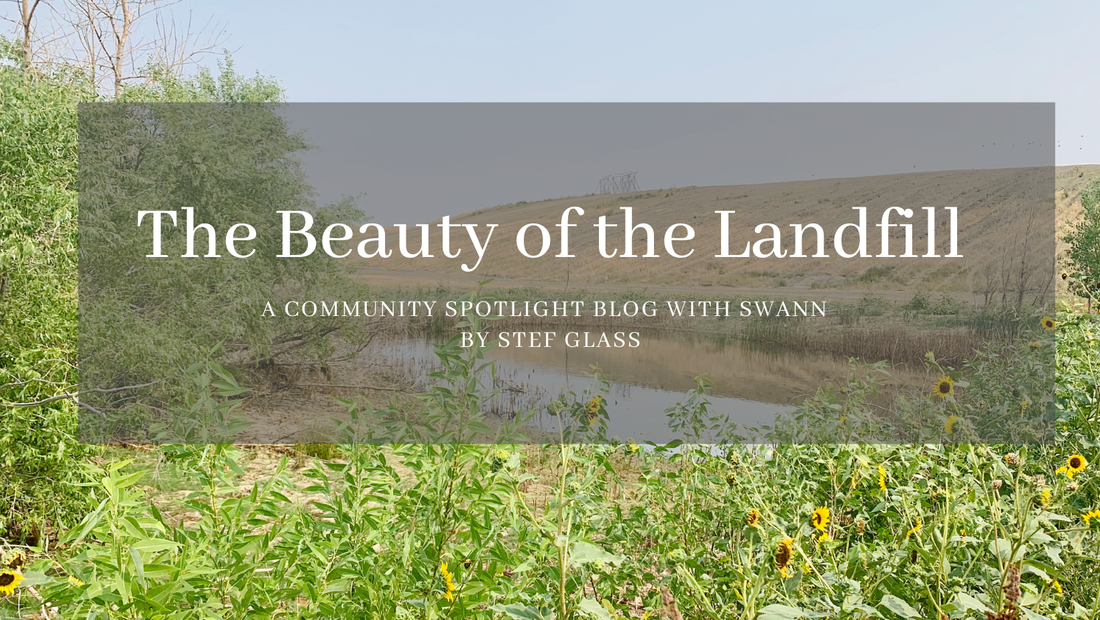
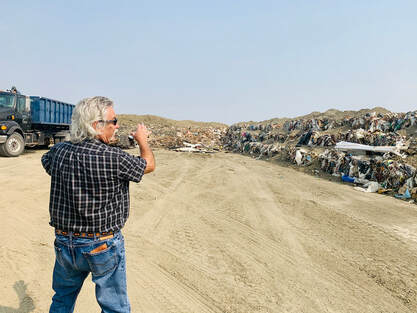
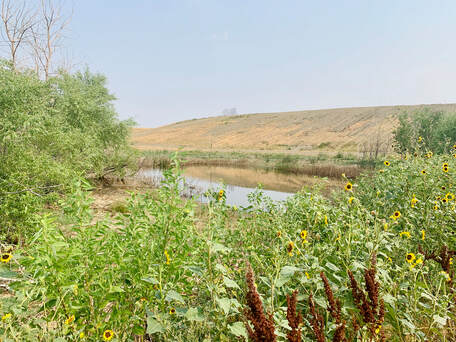
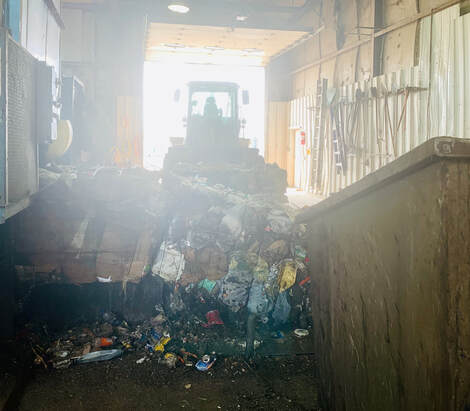
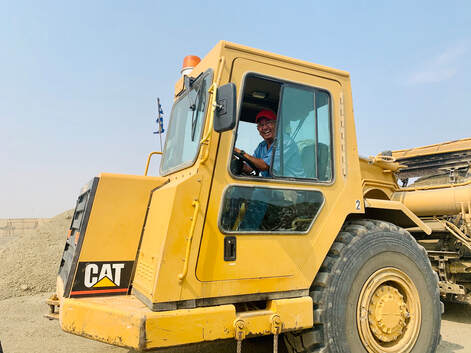
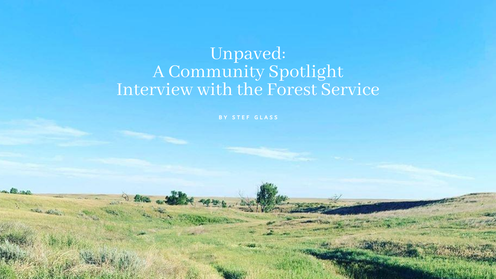
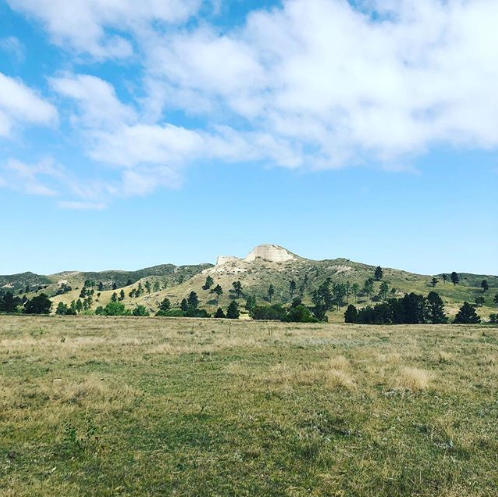
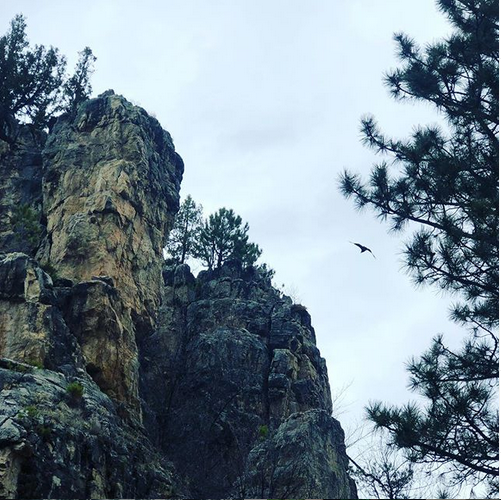
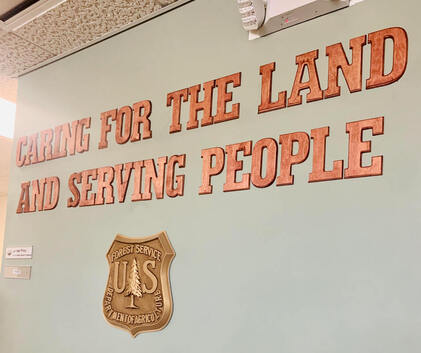
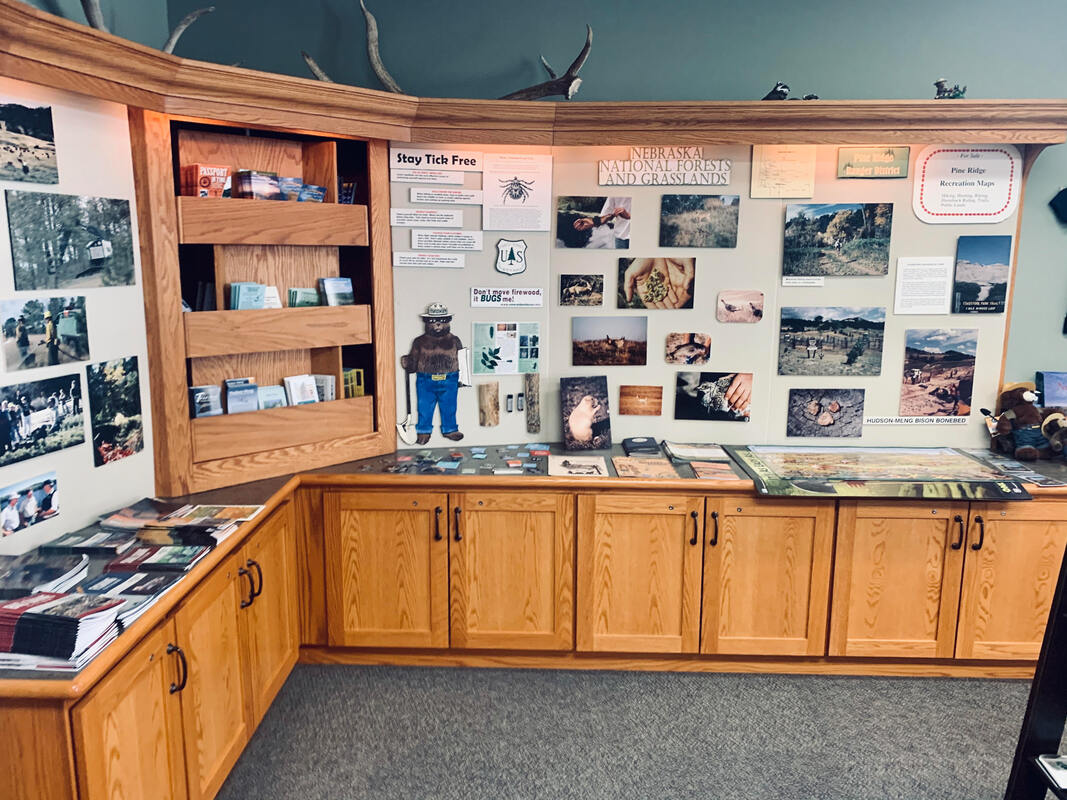
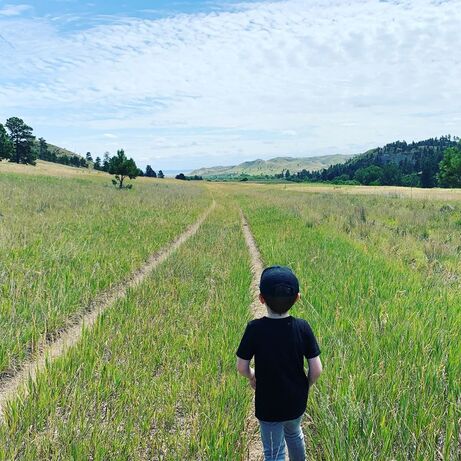
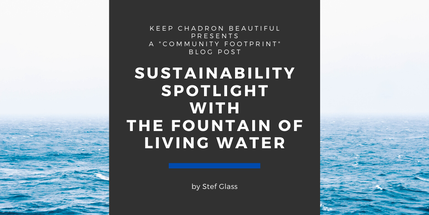
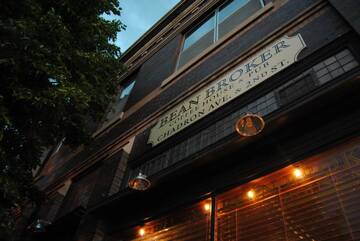
 RSS Feed
RSS Feed